
How mature is your localization process?
Are you feeling pressure to improve things and running into resistance from other departments and managers in your company?
Maybe it’s time to ask your vendor for some help in getting to the next level.
In this blog post, we will talk about the Localization Maturity Model (LMM) and show you how partnering with the right language services provider can help grow your localization capabilities. This way, you and your team won’t have the daunting task to build and fix everything yourselves.
But first, let’s take a look at the LMM.
Common Sense Advisory (CSA) came out with the Localization Maturity Model in 2006. The LMM is a way for companies to see where they are in terms of their localization maturity and how to move on to the next level. The model speaks mainly to the buyer-side of localization and is based on research that CSA conducted with almost 200 of the tech industry’s leading companies.
From our experience, we have seen a number of our clients look at the LMM and then come to the conclusion that their processes could use some work. While they see the value in innovating their processes and workflows and becoming more efficient, many of them do not have the staff, technical resources, budget, or time, to make the needed changes themselves.
MediaLocate has helped companies in each of these levels. Here are a few examples of how we have helped our clients accelerate their progression through the LMM:
| Maturity Level | How your LSP can help |
|
|
|
|
|
|
|
|
|
|
Want to learn more about how MediaLocate can help your team become an industry-leading localization force? Give us a call at 1-800-776-0857.
Sources: Common Sense Advisory: Accelerating Localization Maturity
Click Here for Your Free Report: “Cut Costs, Not Corners” with Localization
Learn Ten Steps For Saving Your Localization Dollars.

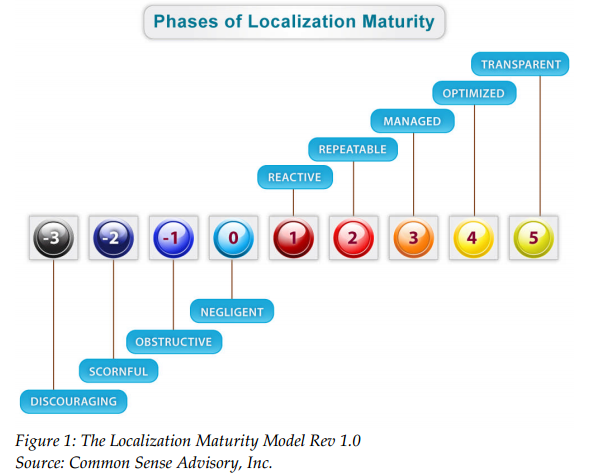



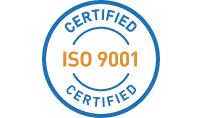
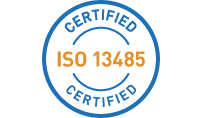
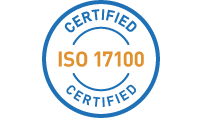
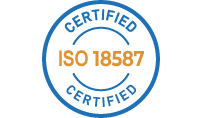

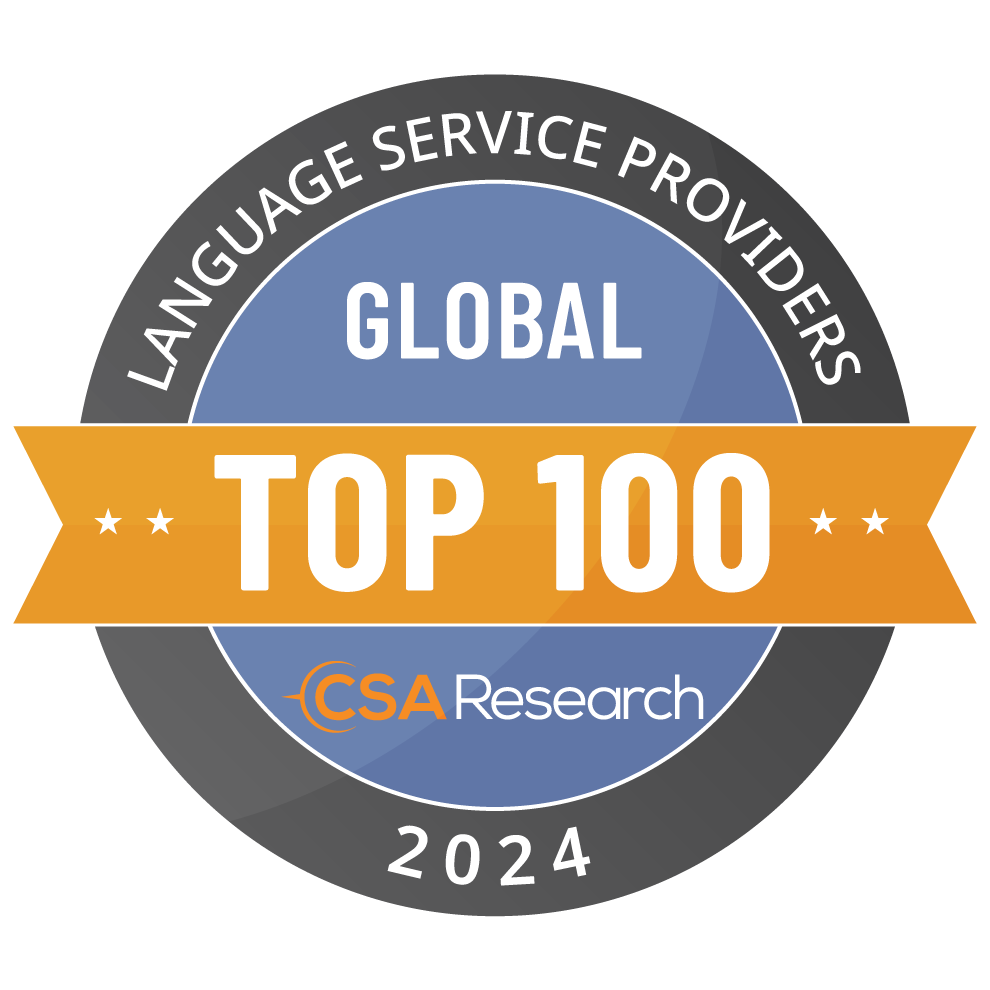


Insightful piece! The Localization Maturity Model is a crucial framework. Your tips for progressing through it are especially helpful. Great job!